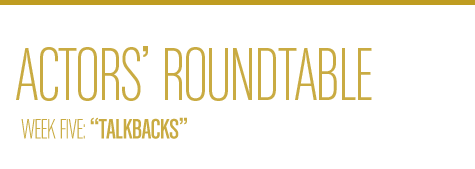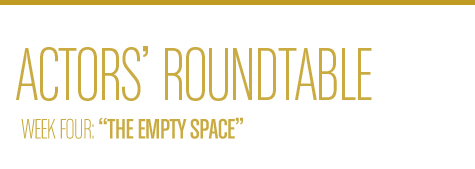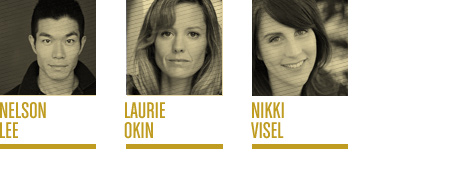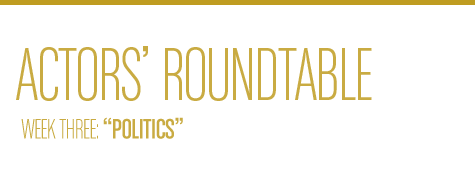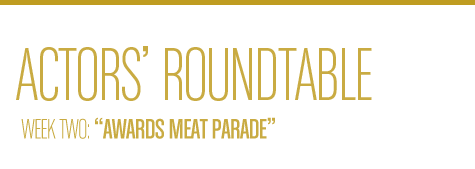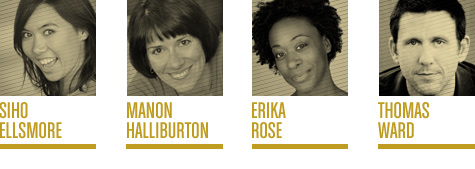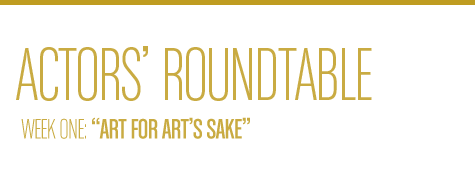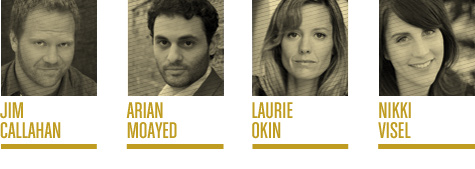PERFORMANCE: The Actors' Roundtable: "Talkbacks"
 Paden Fallis |
Paden Fallis |  November 8, 2012
November 8, 2012 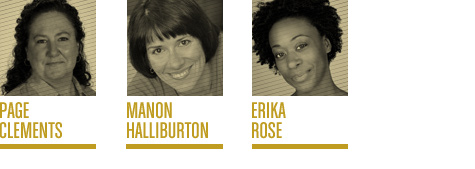 |
|
For 12 weeks, Paden Fallis posed one question each week to a group of professional working actors from a variety of backgrounds in an effort to dig a bit deeper into their artistic working processes. In this second series of 12, an expanded group of actors explores where their art fits into the larger cultural context.
A “talkback” of sorts happened on January 5th, 1935 in New York City. The Group Theatre was performing Clifford Odet’s Waiting for Lefty to an unsuspecting audience. As Group member Harold Clurman recalls in his book, The Fervent Years, this performance was an event “to be noted in the annals of American theatre.” Actor and audience became one, as the audience hung on every word, shouting their approval, applauding, whistling, and cajoling as they became caught up in the show before them. They left the theatre unified, inspired by what they had just seen, eager to enact change in the world around them. We have talkbacks today as well. From where I stand, they are soulless, contrived, and add nothing to the experience. However, they have become a staple in modern theatre. If there is a show, there must be a “talkback” scheduled afterwards for the patrons to ask any and all questions of the actors and design team. These talkbacks appear to be with us until the bitter end. So, help me here. How do we fix talkbacks? Or, do they need fixing? - Paden Fallis, Performing Arts Contributing Editor |














